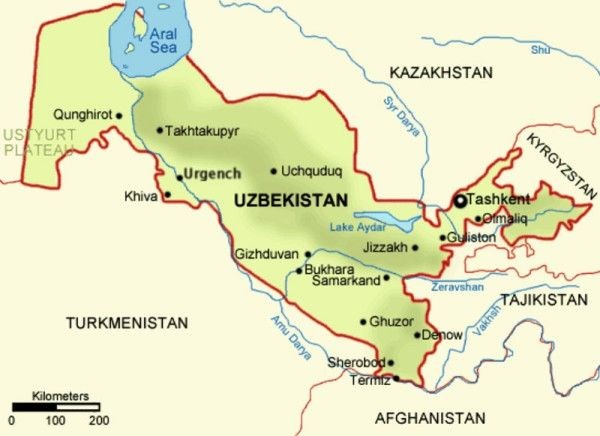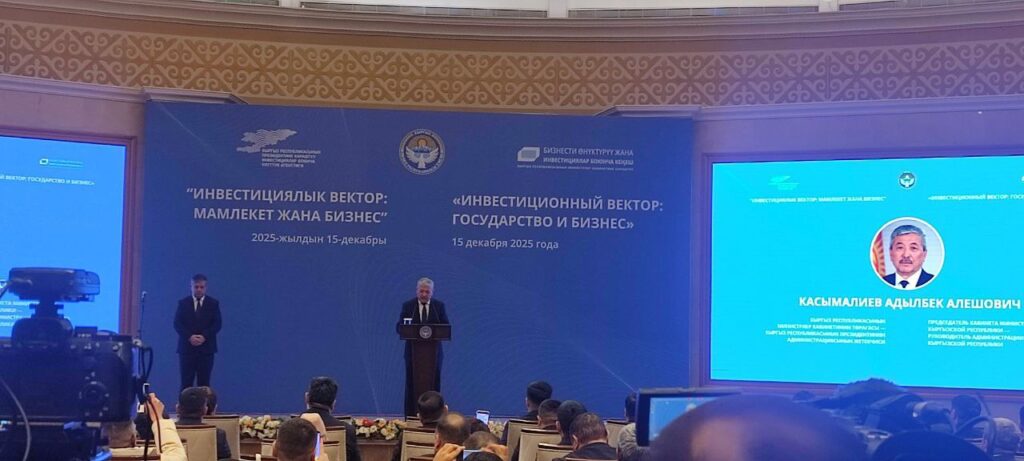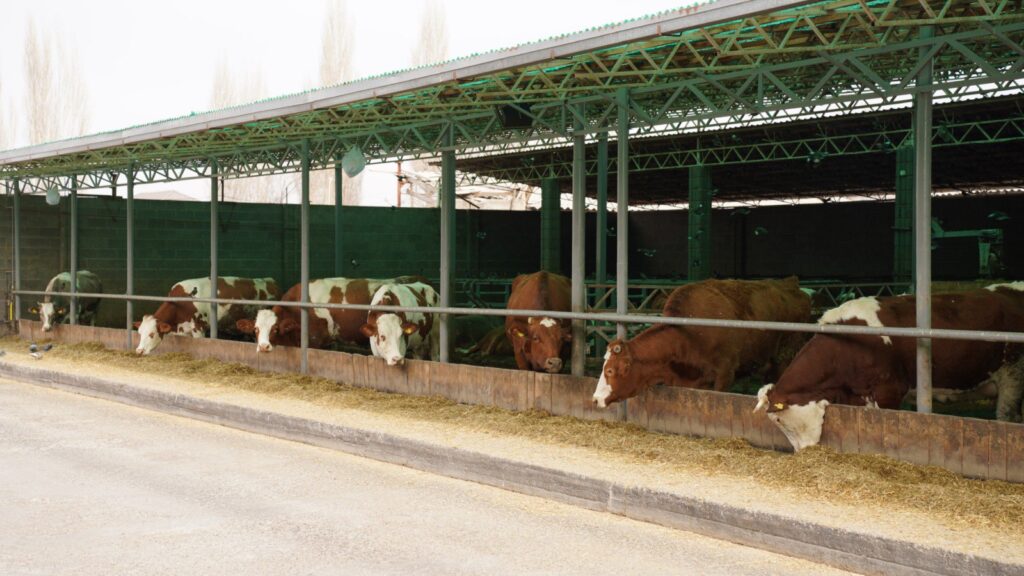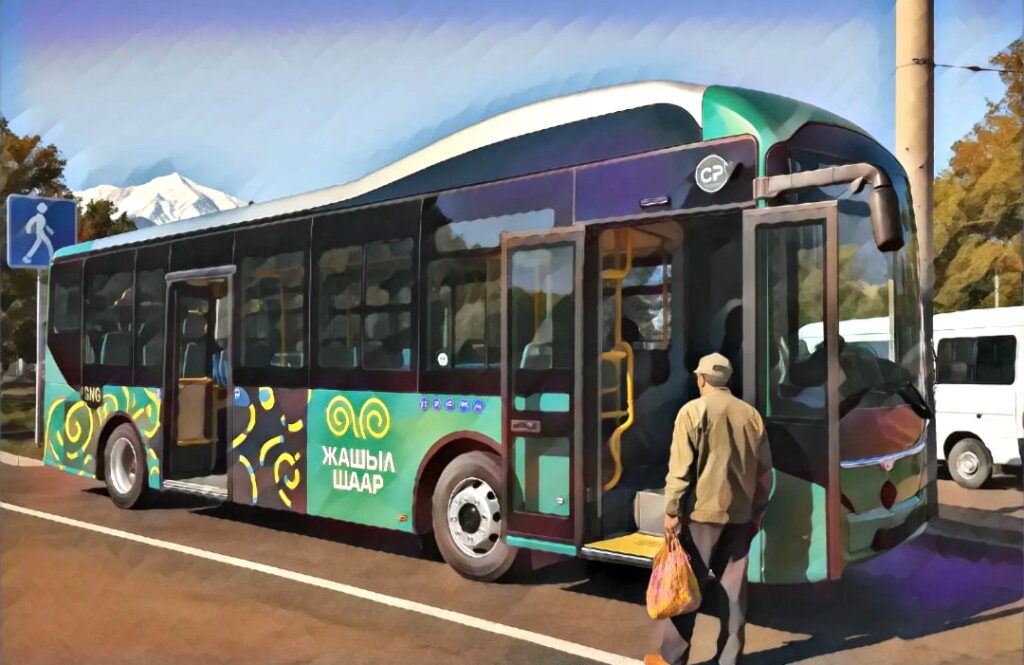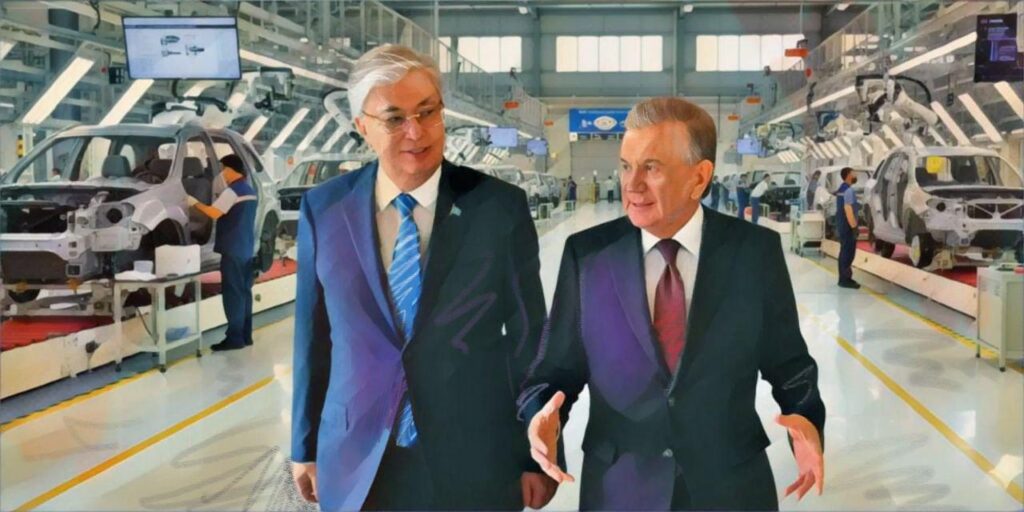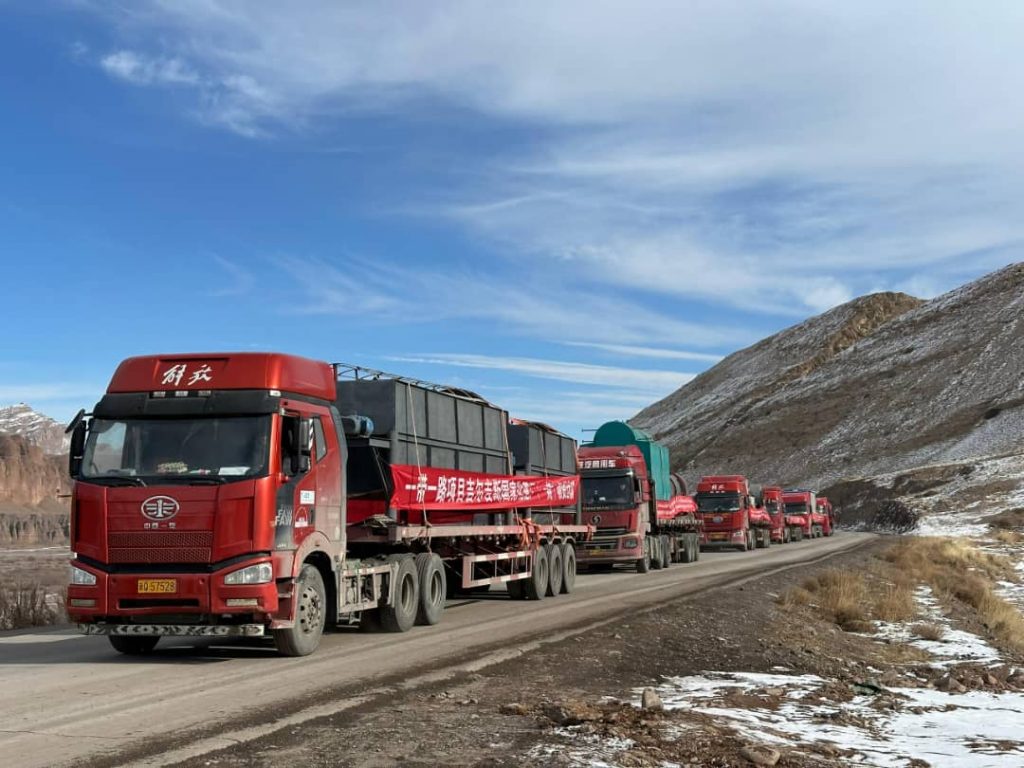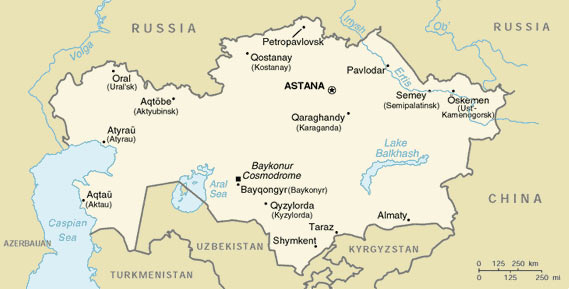TASHKENT (TCA) — A facility to produce a valuable fertilizer, potassium sulfate, will be completed by the end of this year at the Navoi Electrochemical Plant in Uzbekistan with Chinese participation, Novosti Uzbekistana news agency reported.
The project has been included in the program of investment projects to be implemented in 2016 with the attraction of direct foreign investments and loans. China’s Jiangsu Right Machinery Group is a foreign partner in the project.
The project is estimated to cost US $10 million, including $1 million of the plant’s own funds, $4 million in loans from local commercial banks, and $5 million of foreign investments and loans.
The new facility will produce 20 thousand tons of potassium sulfate per year.
Agriculture is the main consumer of potassium sulfate, which is a valuable chlorine-free fertilizer.
The Navoi Electrochemical Plant was founded in 1971 for the production of insecticides, herbicides, and fungicides for Uzbekistan and Central Asian republics of the Soviet Union.
In 1994, a joint Uzbek-Panamanian joint stock company, Electrokimyozavod, was established on the grounds of the plant.
The plant is currently producing more than 60 names of products. Some products are being produced under the licenses and trademarks of such international companies as Dalston Associated SA (Panama), Syngenta (Switzerland), BASF (Germany), FMC (USA), United Phosphorus (India), SCHELKOVO AGROKHIM (Russia), and Cheminova Agro (Denmark).
The plant’s products are used in the domestic market and exported to neighboring Kazakhstan and Tajikistan.
